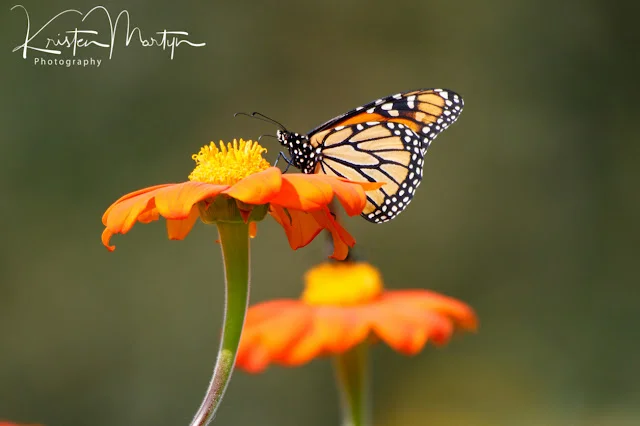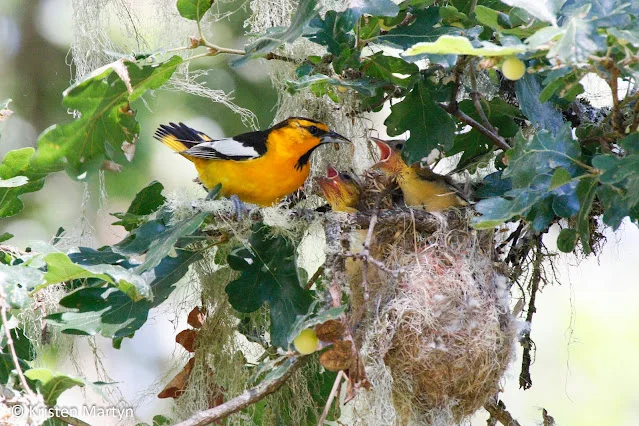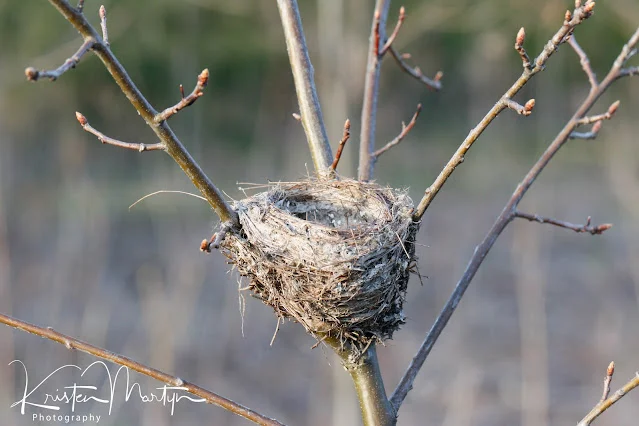July is a peak month for butterflies fluttering through Ontario gardens, parks, and wild spaces. With warm temperatures and tons of blooms, it’s the perfect time to create or enhance a butterfly-friendly garden that attracts these colourful pollinators and supports their life cycles.
Butterflies not only add vibrant beauty and movement to your outdoor space,they also play a vital role in pollinating native plants and supporting local ecosystems. By creating a welcoming habitat for butterflies, you contribute to their survival and enjoy the magic of watching them up close.
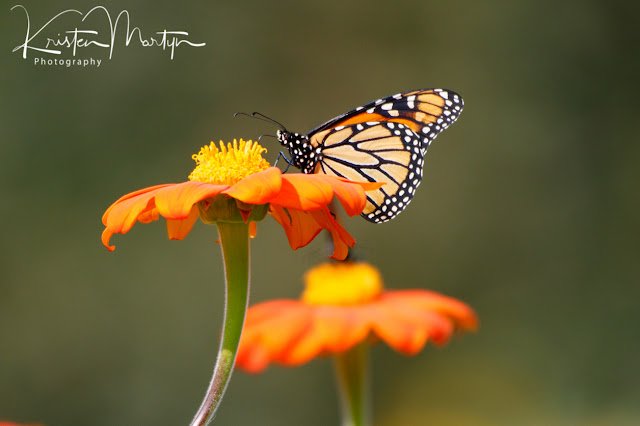
Why July Is the Best Time to Focus on Butterfly Gardens
In July, many butterfly species are actively feeding, mating, and laying eggs. Gardens bursting with nectar-rich flowers provide the energy they need to thrive. Additionally, butterfly larvae (caterpillars) require specific host plants to feed on, making garden planning essential for supporting every stage of their life cycle.
Whether you’re starting a new garden or improving an existing one, July’s warmth and longer days make it ideal for planting and attracting butterflies.
Best Plants to Include in Your July Butterfly Garden
Planting native, nectar-rich flowers is the key to attracting and sustaining butterflies. Here are some of the top plants for Ontario butterfly gardens in July:
- Milkweed (Asclepias spp.): Essential for monarch butterflies, milkweed is a must-have host plant where monarchs lay eggs and caterpillars feed.
- Bee Balm (Monarda didyma): This bright, fragrant flower attracts butterflies, bees, and hummingbirds alike.
- Purple Coneflower (Echinacea purpurea): A hardy perennial with large blooms that provide abundant nectar.
- Black-eyed Susan (Rudbeckia hirta): A common native wildflower with bright yellow petals that draw many pollinators.
- Joe-Pye Weed (Eutrochium purpureum): Tall and striking, this plant’s clusters of pink flowers are butterfly magnets.
- Goldenrod (Solidago spp.): Blooming late summer into fall, goldenrod provides important late-season nectar.
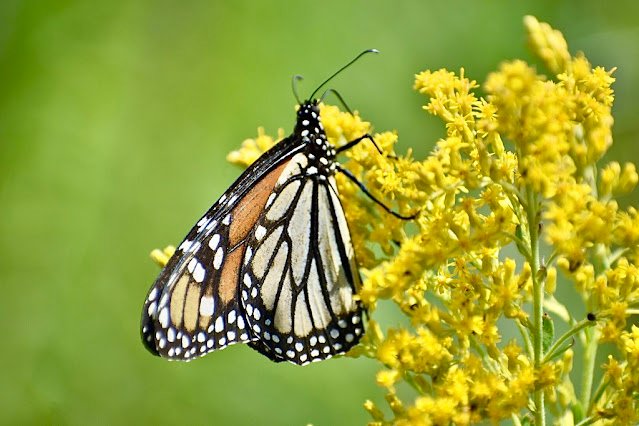
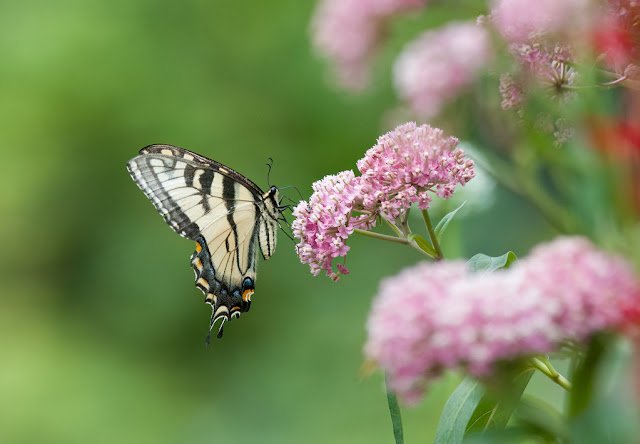
Tips for Creating a Butterfly-Friendly Habitat
- Include Host Plants: Caterpillars need specific leaves to eat. In addition to milkweed for monarchs, plant parsley, dill, or fennel for swallowtails.
- Plant in Sunny Spots: Butterflies are cold-blooded and need sunshine to warm their wings. Choose areas with 6+ hours of sun.
- Provide Water: Create a shallow puddling area with moist sand or mud where butterflies can sip minerals and moisture.
- Avoid Pesticides: Chemicals can harm butterflies and caterpillars. Use organic gardening methods and encourage beneficial insects.
- Add Shelter: Incorporate shrubs or trees to offer protection from wind and predators.
Watch and Enjoy
July is a joyful month to watch butterflies flit from flower to flower, performing their delicate dance of pollination. With a few thoughtful plantings and care, your garden can become a thriving butterfly oasis and a peaceful retreat for you.Enjoy!
Warmly,
Heather


